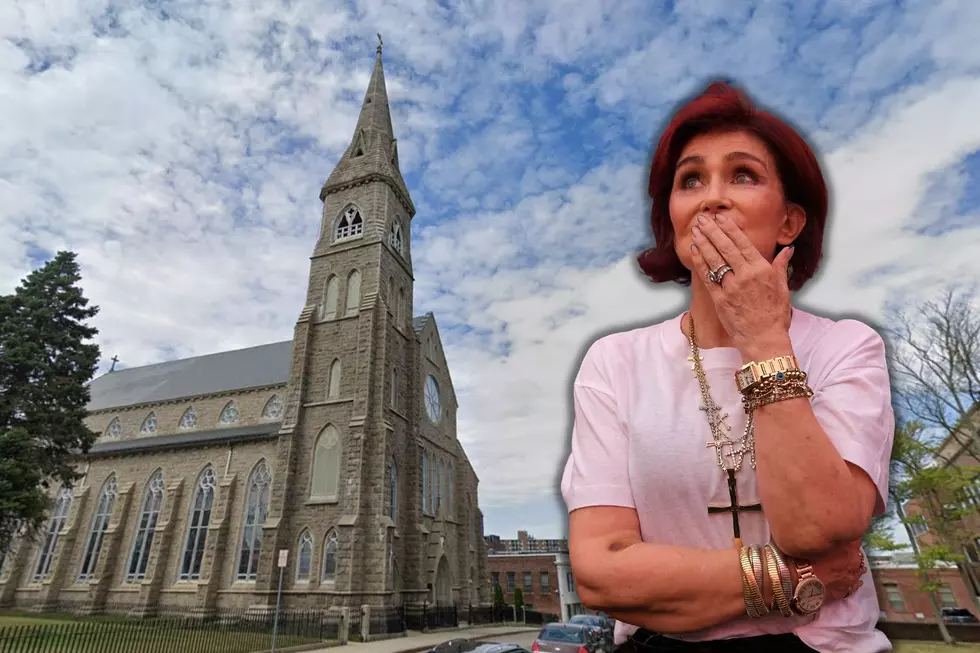
Did You Know? Cape Cod Played a Major Role in Saving Titanic Passengers
Every '90s baby knows the story of the Titanic well thanks to the 1997 blockbuster hit, and while the love story of Jack and Rose may have been a dramatization, the sinking of the luxurious Titanic was very real.
We learned in school about its horrible fate when it came face to face with an iceberg, but what about Cape Cod’s involvement in saving hundreds of those passengers?
The Cape Cod Maritime Museum recently shared the story of how one message from the Marconi wireless station in Wellfleet would change the fate of hundreds of passengers aboard the sinking Titanic.
Emily Sullivan, the curator of the museum, gave me the details of this fascinating and true story.
In 1903, The Marconi wireless station in South Wellfleet became the first Marconi station in the United States.
“It’s a wireless system; think of it as instant messaging,” she said. “It was a really easy way to transmit information quickly, so ocean liners would hire Marconi operators to run the telegraph room to get messages from the mainland to the ship, and anywhere else.”
The maiden voyage of the Titanic was before there was any sort of national or international standard in cases of emergency, which made the Marconi operators even more important.
“One issue with the Titanic was that various telegraphs were reporting heavy ice, but the Marconi operating system had broken on the Titanic the night before the iceberg, and they were trying to catch up,” said Sullivan. “So, the warning was not passed over to the captain until it was too late.”
The Titanic struck the iceberg, leaving the Marconi operators on the ship frantically sending out “SOS” messages in the middle of the night.
Most ship operators had already gone to bed, except for one.
“Coincidentally, a Marconi operator onboard the Carpathia was getting ready for bed when he decided to check the telegraph one more time,” said Sullivan. “He logged into the traffic coming from the Wellfleet station and they reported that The Titanic was backed up with messages.”
The 20-year-old messenger decided to reach out to his fellow operators aboard Titanic to see if they needed help in getting their messages out.
“Come at once, we have struck a berg,” was their reply.
“The Carpathia changed coursed for the site of the sinking and managed to rescue 740 of the over 2,2000 people on board on the morning of April 15,” said the museum on Facebook.
Next time you are on the Cape, feel free to break out this interesting fact to impress the crowd.
The infamous Titanic has ties to the Cape.
The 15 Coolest Lighthouses Along the SouthCoast and Cape Cod
LOOK: The most expensive weather and climate disasters in recent decades
More From WFHN-FM/FUN 107








![New Bedford Dog Hopes to Bring His Friendly Energy to a Forever Family [WET NOSE WEDNESDAY]](http://townsquare.media/site/519/files/2023/11/attachment-Untitled-design-88.jpg?w=980&q=75)
